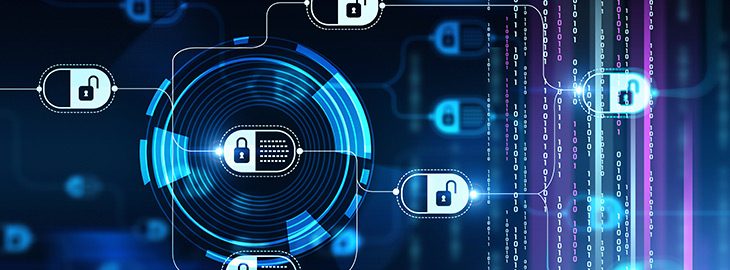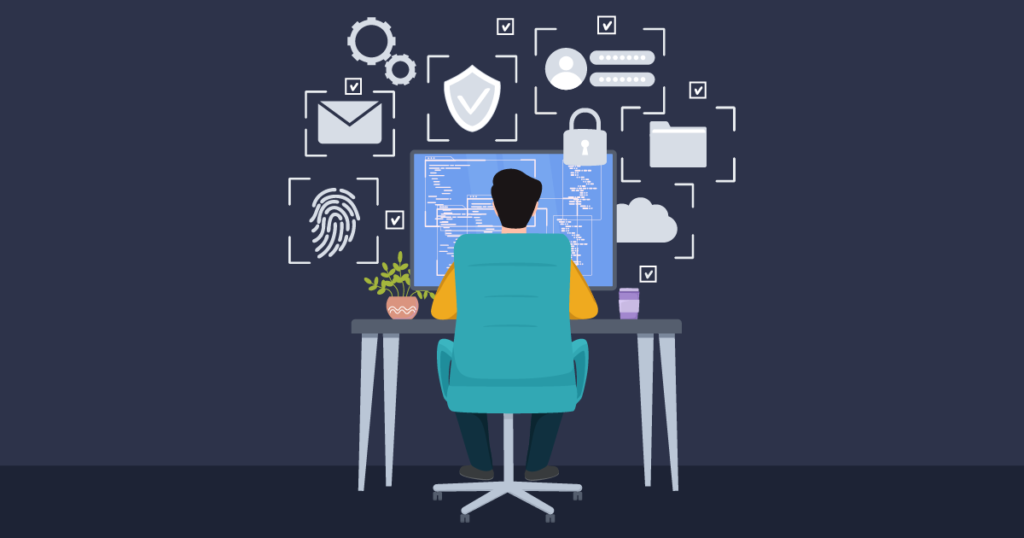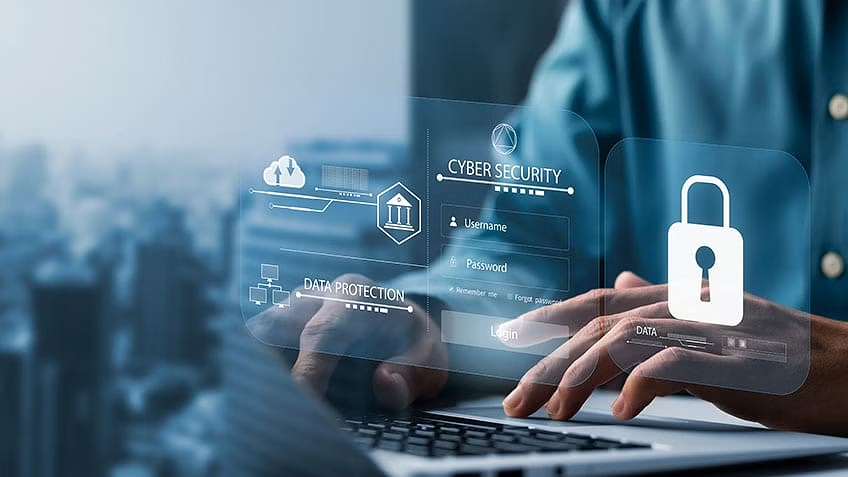10 Powerful Strategies to Supercharge Your Cybersecurity and Protect Your Digital Assets
What is Cybersecurity?
Cybersecurity involves protecting internet-connected systems, including hardware, software, and data, from cyber threats. Both individuals and organizations utilize cybersecurity to safeguard against unauthorized access to data centers and other digital systems.
An effective cybersecurity strategy defends against malicious attacks aimed at accessing, altering, deleting, destroying, or extorting an organization’s or individual’s systems and sensitive data. It also prevents disruptions or disabling of systems and devices.
A robust cybersecurity approach should include multiple layers of protection for data, software, hardware, and networks. Training all employees on compliance and security processes is crucial. Tools like unified threat management systems add an extra layer of defense by detecting, isolating, and mitigating threats, and alerting users when further action is required.

Why is Cybersecurity Important?
With the increasing number of users, devices, and programs, along with a growing volume of sensitive data, cybersecurity is more crucial than ever. The sophistication and volume of cyberattacks exacerbate the problem. Without a solid cybersecurity strategy and proper staff training, malicious actors can cripple an organization’s operations.

Elements of Cybersecurity and How It Works
Cybersecurity encompasses several key areas, and coordination among them is vital for a successful cybersecurity program:
- Application Security
- Information or Data Security
- Network Security
- Disaster Recovery and Business Continuity Planning
- Operational Security
- Cloud Security
- Critical Infrastructure Security
- Physical Security
- End-User Education
Maintaining cybersecurity in an evolving threat landscape requires a proactive and adaptive approach. The National Institute of Standards and Technology (NIST) recommends continuous monitoring and real-time assessments as part of a risk assessment framework to counter known and unknown threats.

Benefits of Cybersecurity
Implementing and maintaining cybersecurity practices offers numerous benefits:
- Protection against cyberattacks and data breaches
- Safeguarding data and networks
- Prevention of unauthorized access
- Improved recovery times post-breach
- Protection for end-users and endpoint devices
- Regulatory compliance
- Business continuity
- Enhanced reputation and trust among stakeholders
Types of Cybersecurity Threats
Cyberthreats take many forms, including:
- Malware: Harmful software like worms, viruses, Trojans, and spyware
- Ransomware: Malware that locks files and demands payment for decryption
- Social Engineering: Manipulating people into breaking security protocols
- Phishing: Fraudulent messages aiming to steal sensitive data
- Spear Phishing: Targeted phishing attacks
- Insider Threats: Security breaches caused by individuals within an organization
- Distributed Denial-of-Service (DDoS) Attacks: Flooding systems to disrupt service
- Advanced Persistent Threats (APTs): Prolonged, undetected attacks aimed at stealing data
- Man-in-the-Middle (MitM) Attacks: Intercepting communications between two parties
- SQL Injection: Inserting malicious SQL code to access database information
Other attacks include botnets, drive-by downloads, exploit kits, malvertising, vishing, credential stuffing, cross-site scripting, keyloggers, worms, and zero-day exploits.

Top Cybersecurity Challenges
Cybersecurity faces numerous challenges, including:
- Evolving Threats: New technologies and uses create new vulnerabilities.
- Data Deluge: Increasing amounts of data heighten the risk of cyberattacks.
- Cybersecurity Awareness Training: Ensuring employees recognize and avoid threats.
- Workforce Shortage and Skills Gap: A growing need for qualified cybersecurity personnel.
- Supply Chain Attacks and Third-Party Risks: Vulnerabilities in third-party systems can compromise an organization’s security.
Cybersecurity Best Practices
To minimize the risk of cyberattacks, organizations should:
- Keep software up to date
- Change default usernames and passwords
- Use strong, frequently changed passwords
- Implement multifactor authentication (MFA)
- Train employees on security awareness
- Use an identity and access management system (IAM)
- Implement an attack surface management system
- Use a firewall
- Develop a disaster recovery plan

Automation in Cybersecurity
Automation, using AI and machine learning, enhances cybersecurity by:
- Threat Detection: Analyzing data to recognize and predict threats
- Threat Response: Automatically enacting security protections
- Human Augmentation: Reducing alert fatigue and automating repetitive tasks
Other benefits include attack classification, malware identification, traffic analysis, and compliance checks.
Cybersecurity Vendors and Tools
Key vendors and tools include:
- IAM Systems
- Firewalls
- Endpoint Protection
- Antimalware and Antivirus
- Intrusion Prevention and Detection Systems
- Data Loss Prevention
- Endpoint Detection and Response
- Security Information and Event Management (SIEM)
- Encryption
- Vulnerability Scanners
- Virtual Private Networks (VPNs)
- Cloud Workload Protection
- Cloud Access Security Brokers
Examples of vendors: Check Point Software, Cisco, CrowdStrike, FireEye, IBM, Microsoft, Palo Alto Networks, and Trend Micro.

Career Opportunities in Cybersecurity
As cyber threats grow, so does the demand for cybersecurity professionals, including roles such as:
- Chief Information Security Officer (CISO)
- Chief Security Officer (CSO)
- Computer Forensics Analysts
- Security Engineers
- Security Architects
- Security Analysts
- Security Software Developers
- Network Security Architects
- Penetration Testers
- Threat Hunters
Entry-level positions often require a bachelor’s degree and certifications like CompTIA Security+. Mid-level positions need more experience, and senior roles typically demand extensive experience and advanced skills.
Advancements in Cybersecurity Technology
Emerging technologies are enhancing cybersecurity, including:
- Security Automation through AI: For analyzing data, identifying threats, and automating responses
- Zero-Trust Architecture: Assuming no user or device is trustworthy without verification
- Behavioral Biometrics: Using machine learning to analyze user behavior and detect anomalies
- Improved Response Capabilities: Preparing for large-scale ransomware attacks
- Quantum Computing: Anticipated to revolutionize cybersecurity practices with concepts like quantum cryptography.




